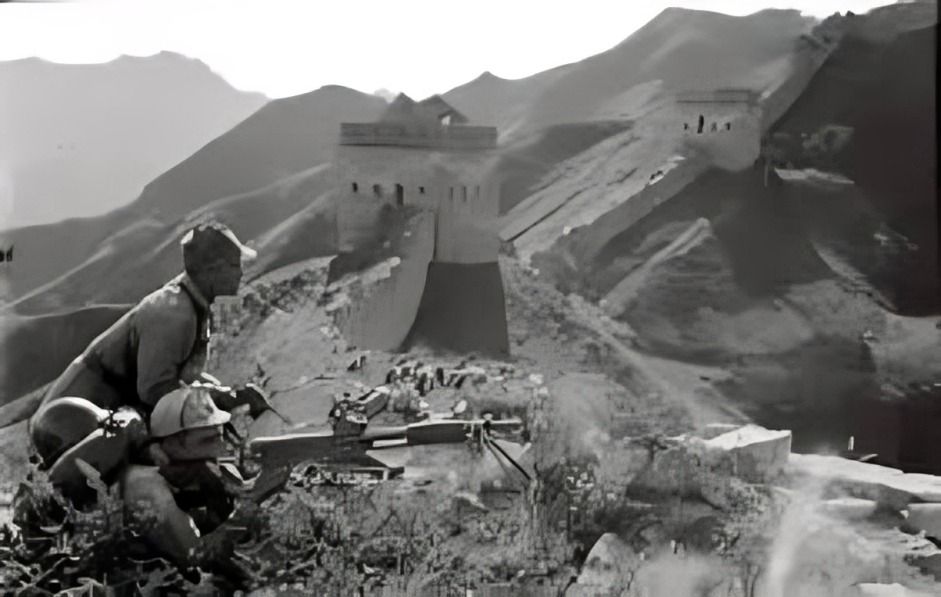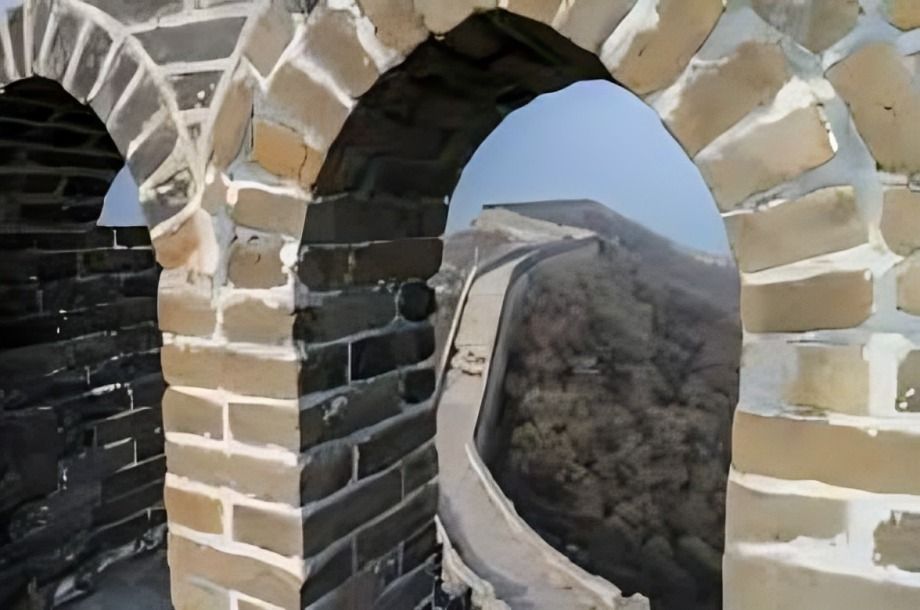
“
The Great Wall of China is one of the most iconic landmarks in the world, spanning thousands of miles across diverse landscapes. Built over centuries, it has become a symbol of China’s strength, ingenuity, and resilience. While many are familiar with its vast size, there are countless fascinating facts about the Great Wall of China that remain lesser-known. From its construction techniques to the surprising uses it served, the Great Wall is full of hidden stories. In this article, we will reveal 20 fascinating facts that highlight the wall's significance, history, and engineering marvels, giving you a deeper appreciation for this wonder.1
1
”
The Great Wall stretches over 13,170 miles, built by multiple dynasties over 2,300 years to guard against invasions, control trade routes, and signify China’s resilience and determination. 1
The Great Wall of China generally reaches a height of 5–8 meters (16–26 feet), making it roughly three to five times the height of an average adult, built to deter invasions. 2
Contrary to popular belief, the Wall cannot be seen from the moon without aid. Even from low Earth orbit, distinguishing it without magnification is extremely difficult due to its narrow width. 3
Early Wall sections were built from compacted earth and wood. The Great Wall’s construction in Qin times used local materials like earth, stone, timber, and tiles, so each section reflects the resources available in its surrounding area. 4

Beyond defense, the Wall helped regulate trade and fostered cultural exchange along the Silk Road, becoming a route for goods, ideas, and cultural influence between China and Central Asia.
Millions of laborers, including soldiers, prisoners, forcibly-recruited peasants, convicts and farmers, built the Wall. Many perished due to intense labor, difficult terrain, and severe conditions, leaving a lasting legacy of sacrifice. 5
In high mountains, stones were quarried locally, while in flat loess soil areas, compacted earth layers were formed. In the Gobi Desert, sand, pebbles, tamarisk twigs, and reeds were layered. 6
The Ming dynasty, facing Mongol invasions, reinforced the Wall with battlements, towers, and fortresses, creating most of the iconic sections we recognize today, particularly around northern China. 7
Signal fires using materials like wolf dung were lit along the Wall’s signal towers, quickly warning of approaching enemies and creating an effective early communication network across vast distances. 8

Sticky rice mortar, a unique ingredient in Wall construction, enhanced its durability, helping it withstand centuries of weathering and maintaining structural integrity far better than conventional materials.
The Wall’s structure adapts to its surroundings, following mountain ridges in highlands for strategic advantage and using compacted earth in deserts, showcasing advanced ancient Chinese engineering. 9
Designated a UNESCO World Heritage Site in 1987, the Wall is celebrated globally as a cultural icon, reflecting China's historical achievements in defense, architecture, and preservation. 10
The Badaling section, restored and located near Beijing, attracts millions yearly for its accessibility, scenic views, and insight into the Wall's historical role in Chinese society. 11
The Great Wall isn’t a single continuous line; it includes sidewalls, enclosing walls, parallel sections, and gaps where natural barriers like mountains or rivers serve as defenses. 12

The Great Wall contains arsenic, known as "the poison of kings," which was used to protect against erosion by repelling insects like ants, helping to preserve the Wall’s structure over time.
Historically called names like “Long Wall” and “Barrier of a Thousand Li,” the Wall’s evolving names reflect its significance in Chinese society and its reputation as a monumental structure. 13
The Great Wall spans 15 modern provinces and municipalities in China, including Xinjiang, Inner Mongolia, Gansu, Qinghai, Ningxia, Shaanxi, Shanxi, Hebei, Beijing, Tianjin, Liaoning, Jilin, Henan, Heilongjiang, and Shandong.14
The Jiankou section of the Great Wall is famous for its steep and winding paths, making it a popular subject in picture books and postcards. It is also the most challenging area for hikers. 15
Writing on the Great Wall was prohibited, yet during the Ming Dynasty, each brick was carved with the worker's name and dates, marking individual responsibility for construction. 16
Today, the Great Wall represents an extraordinary human achievement, built through immense labor, sacrifice, and ingenuity, embodying China’s rich history and dedication to preserving its heritage. 17


